The Uploaded File Exceeds the Upload_max_filesize Directive in Php.ini Localhost Ubuntu
Trying to upload something to your WordPress site only to be met with a message proverb "the uploaded file exceeds the upload_max_filesize directive in php.ini"?
This error message can appear when you're uploading large images, videos, plugins, themes, whatever type of file that you lot upload to your WordPress site.
In this article, we're going to aid you fix the problem and brand it and so that you can upload those large files. In total, we'll cover:
- What causes the uploaded file exceeds the upload_max_filesize directive in php.ini
- How to prepare the uploaded file exceeds the upload_max_filesize directive in php.ini
What Causes the uploaded file exceeds the upload_max_filesize directive in php.ini

Let's showtime at the beginning. In social club to preserve your server's resources, hosts set up a limit on the maximum size of a file that can exist uploaded.
This maximum, in megabytes, is defined in the upload_max_filesize directive.
The upload_max_filesize directive itself is located in the php.ini file, which is the default server configuration file for applications that crave PHP.
Those two things – upload_max_filesize and php.ini – are what the error message you see is referencing.
It's of import to call back that this upload limit is not a WordPress setting. Withal, you lot tin can see this limit in your WordPress site if you go to Media → Add New:
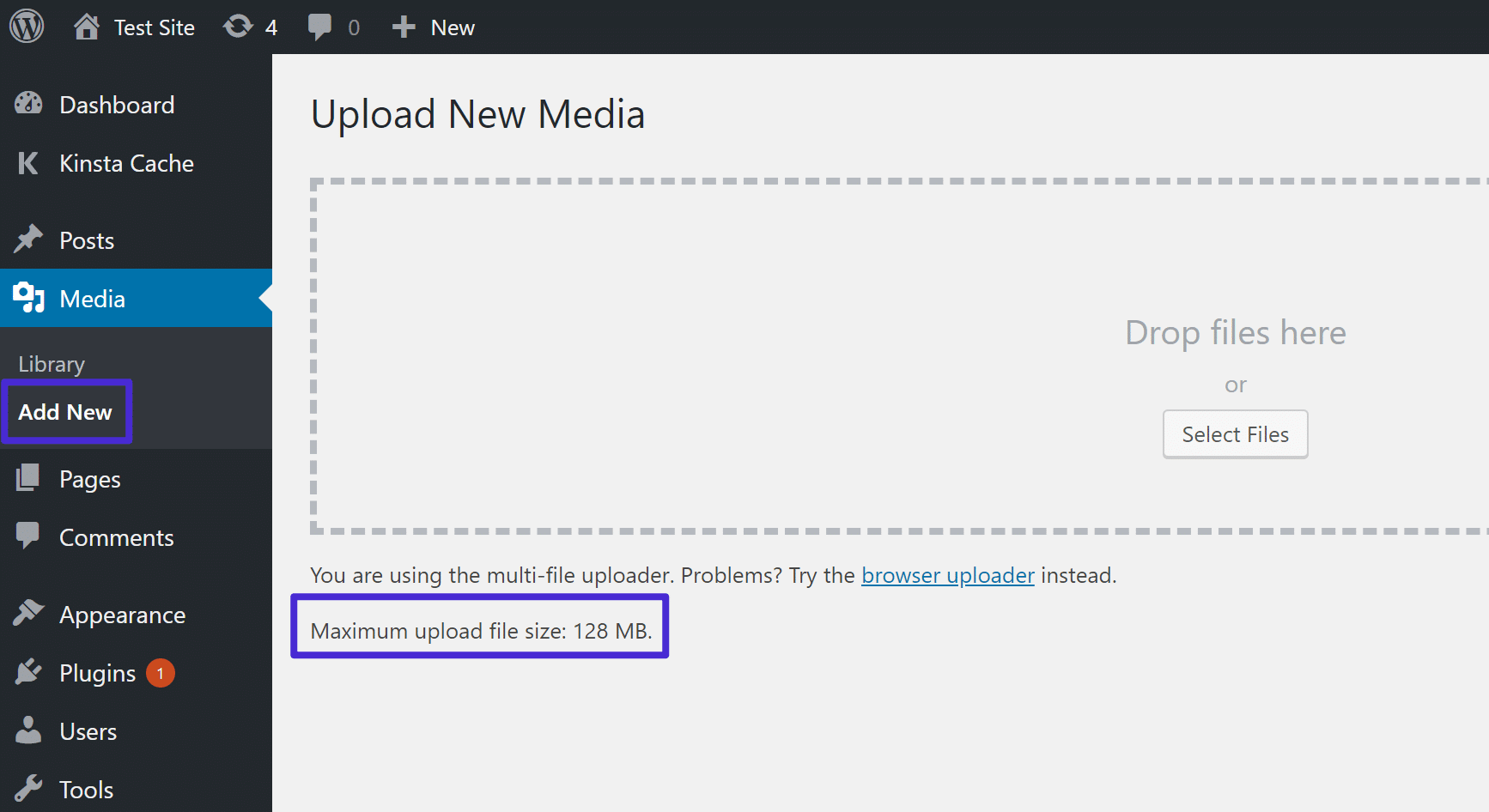
As you can see above, Kinsta sets the default limit at 128 MB, which is quite large and unlikely to ever crusade issues. However, a lot of other hosts ready the default as small as just 2 MB or 4 MB.
That ways if yous try to upload a file larger than that limit, you're going to see the "the uploaded file exceeds the upload_max_filesize directive in php.ini", or a similar message similar "file_name exceeds the maximum upload size for this site."
How to Fix the uploaded file exceeds the upload_max_filesize directive in php.ini
In society to set this error, you need to increase the file size upload limit. That is, you need to increase the value of the upload_max_filesize directive in your php.ini file.
There are several unlike ways you can do this – the exact method that you choose will depend on your preference and your host's configuration.
1. Talk to your host'south support
While nosotros'll cover some methods that you tin can try by yourself, the simplest solution is usually to just attain out to your host's back up and enquire them to increase the limit for yous.
This is a common request, your host's support should know exactly what you lot want, and it should but take a couple of minutes of your time. That's what your host's back up is there for!
If you host at Kinsta and demand to increase your limit across the default 128 MB limit, y'all tin reach out to support on Intercom from anywhere in your Kinsta dashboard:

two. Edit php.ini via cPanel
If your host uses cPanel, yous should be able to edit your php.ini file and upload_max_filesize directive via the cPanel dashboard.
First, look for the MultiPHP INI Editor:
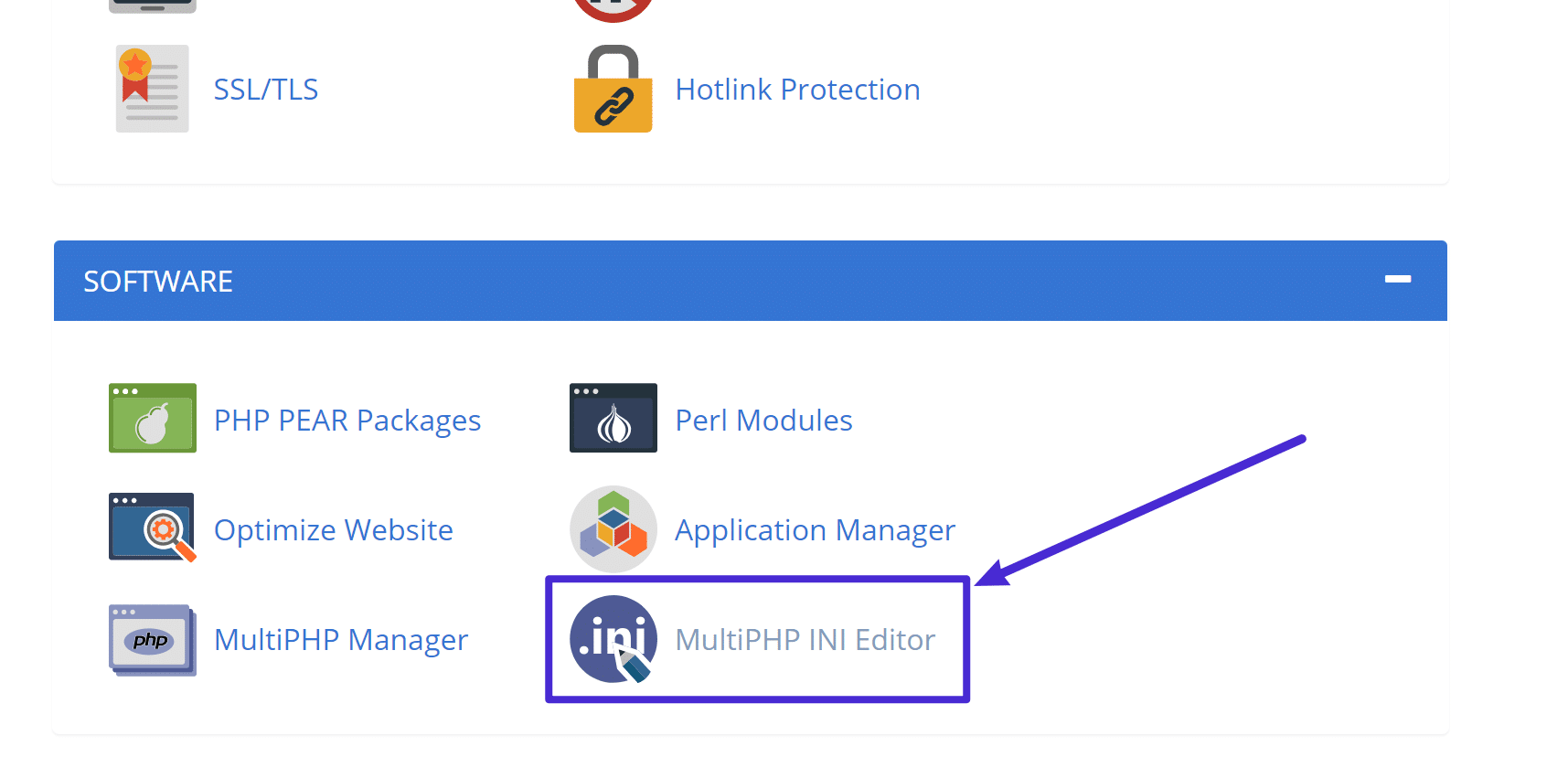
Then choose your WordPress site from the drop-down. After that, you'll be able to edit the upload_max_filesize directive for that site:
Subscribe At present
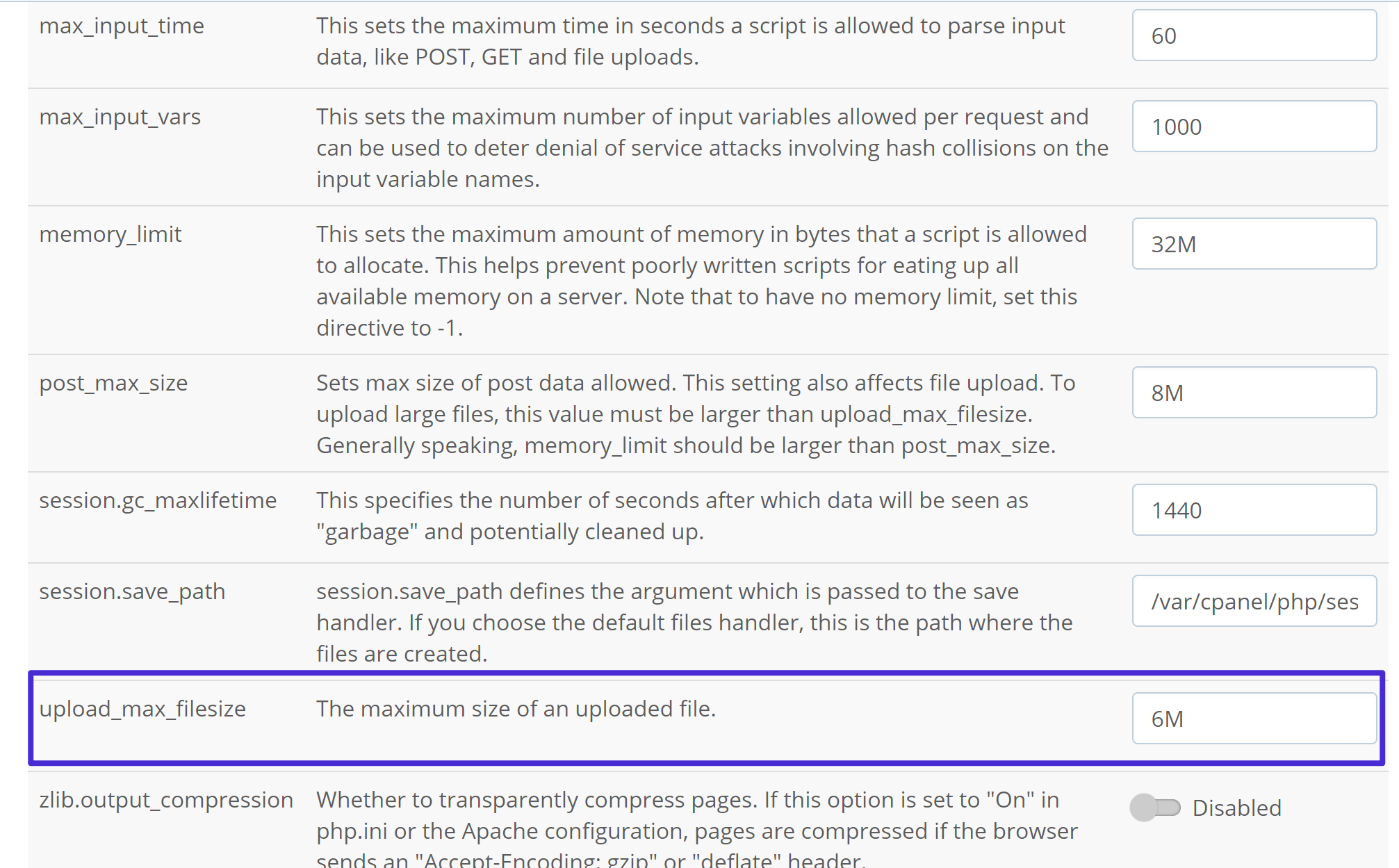
Increase the value based on your needs.
3. Create or edit php.ini via FTP
Every bit you learned above, the php.ini file controls how your server works for PHP applications.
Unfortunately, based on your host's restrictions, you lot may or may not be able to use php.ini files. For that reason, a more than reliable approach can sometimes be to use .htaccess (which nosotros'll encompass in the next section).
However, you can give this a try first to see if you are immune to use php.ini at your host.
To get started, connect to your server via FTP and go to your site's root folder.
If you lot already encounter a php.ini file in the root folder, you tin can edit that file. Otherwise, create a new file and name it php.ini:
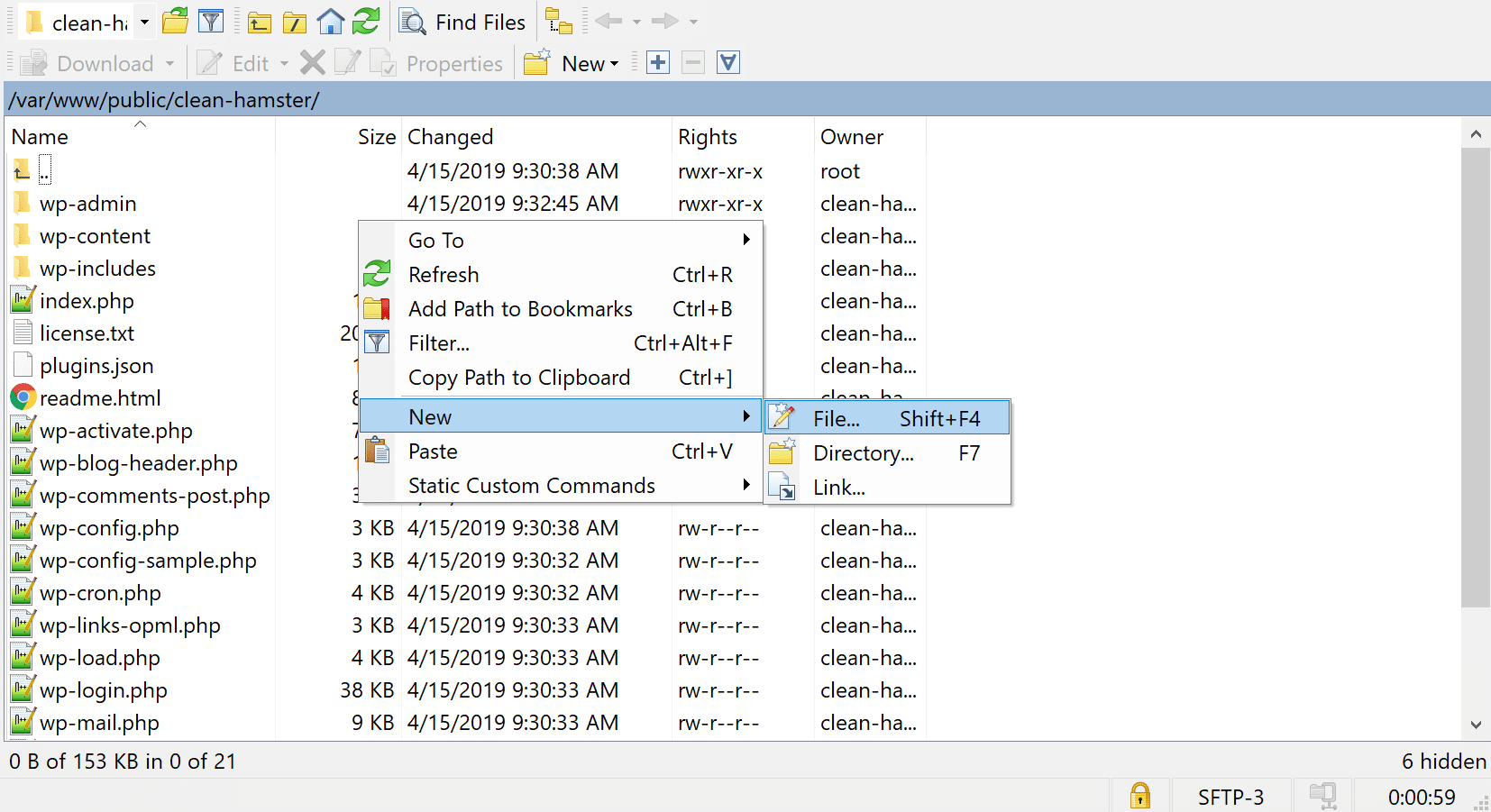
Then add or modify the lawmaking snippet below:
- If you lot created a new file, paste in the code snippet and modify the numbers to suit your needs.
- If you're editing an existing file, find the same directives in the existing file and modify the numbers to suit your needs.
upload_max_filesize = 12M
post_max_size = 13M
memory_limit = 15M

Some hosts might farther crave you to add the suPHP directive in your site's .htaccess file in order for the changes to a higher place to really work.
To practise this, you can also edit your .htaccess file via PHP and add together the following code virtually the top of the file:
<IfModule mod_suphp.c>
suPHP_ConfigPath /dwelling/yourusername/public_html
</IfModule>
Make sure to supercede yourusername with the actual file path of your site.
4. Increase upload_max_filesize value past editing .htaccess
If directly creating or editing the php.ini file via the methods above didn't piece of work, you tin as well try to modify the upload_max_filesize directive by editing your site's .htaccess file.
To get started, connect to your site via FTP and edit the .htaccess file that's located in your site's root folder.
So, add the following code snippet, making sure to arrange the values based on your needs:
php_value upload_max_filesize 12M
php_value post_max_size 13M
php_value memory_limit 15M
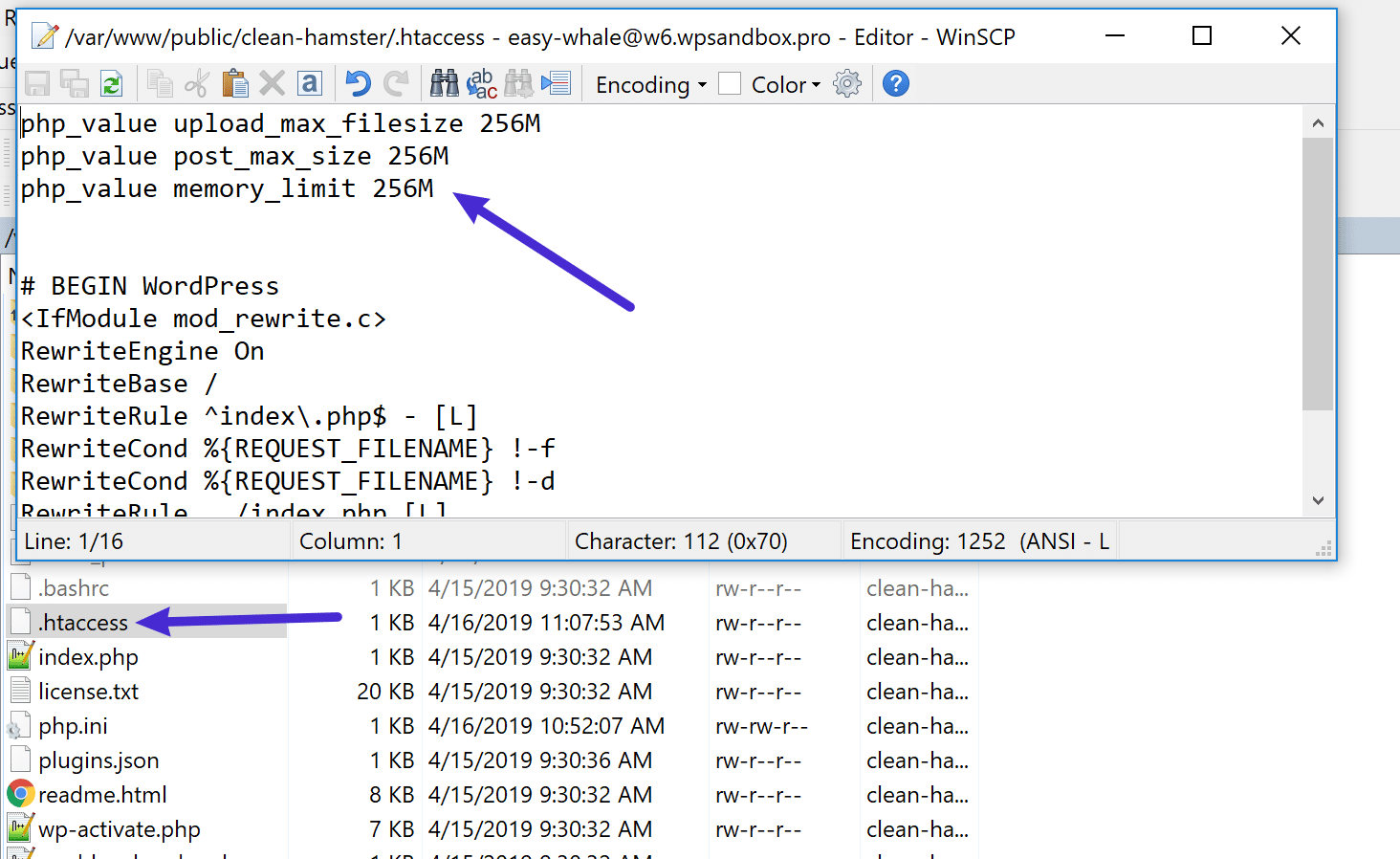
If you get an internal server error message subsequently adding this code snippet, your server is likely running PHP in CGI mode, which means yous cannot use these commands in your .htaccess file. Remove the snippets you just added and your site should start functioning once more.
Note – if you're a Kinsta customer, Kinsta uses NGINX, which means your site does non have an .htaccess file. If you demand help at Kinsta, we recommend just reaching out to our support team and they'll be able to chop-chop get things working for yous.
Summary
To cheque if your changes are working, you can get back to Media → Add New in your WordPress dashboard to encounter if the new maximum upload limit matches the number you set in your php.ini file. If all goes well, you lot should see your new value and you'll be able to upload the file that was giving you issues.
Finally, if zilch yous've tried is working and your host's support can't help for some reason, yous can always upload the file via FTP as a workaround. FTP has no limits and volition let y'all upload everything from images to plugins and themes. You lot can even bulk upload files if needed.
Save fourth dimension, costs and maximize site performance with:
- Instant aid from WordPress hosting experts, 24/seven.
- Cloudflare Enterprise integration.
- Global audience reach with 29 data centers worldwide.
- Optimization with our built-in Awarding Performance Monitoring.
All of that and much more, in 1 plan with no long-term contracts, assisted migrations, and a 30-day-money-back-guarantee. Bank check out our plans or talk to sales to find the programme that'southward right for you.
Source: https://kinsta.com/knowledgebase/the-uploaded-file-exceeds-the-upload_max_filesize-directive-in-php-ini/
0 Response to "The Uploaded File Exceeds the Upload_max_filesize Directive in Php.ini Localhost Ubuntu"
Post a Comment